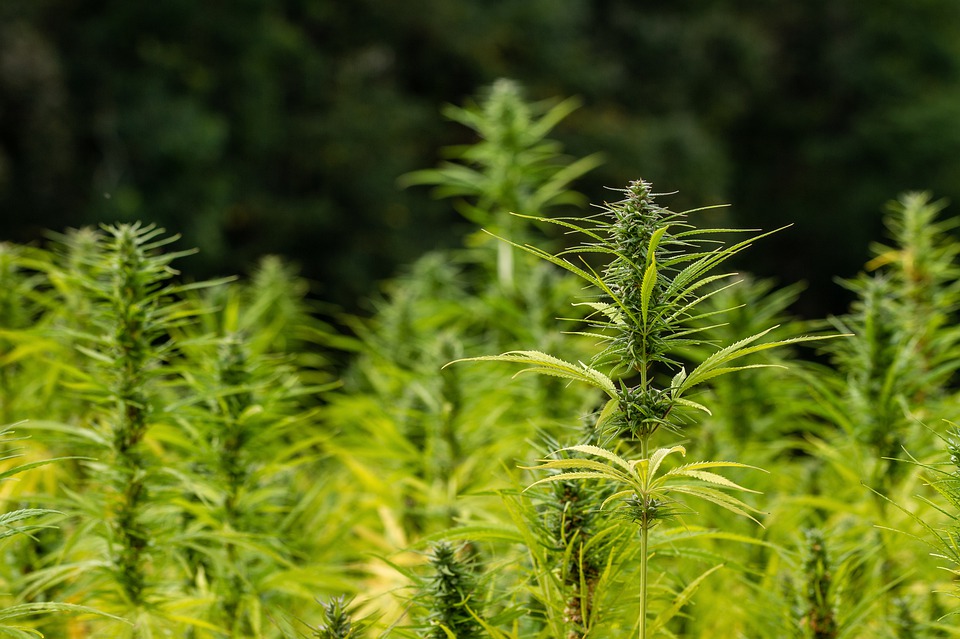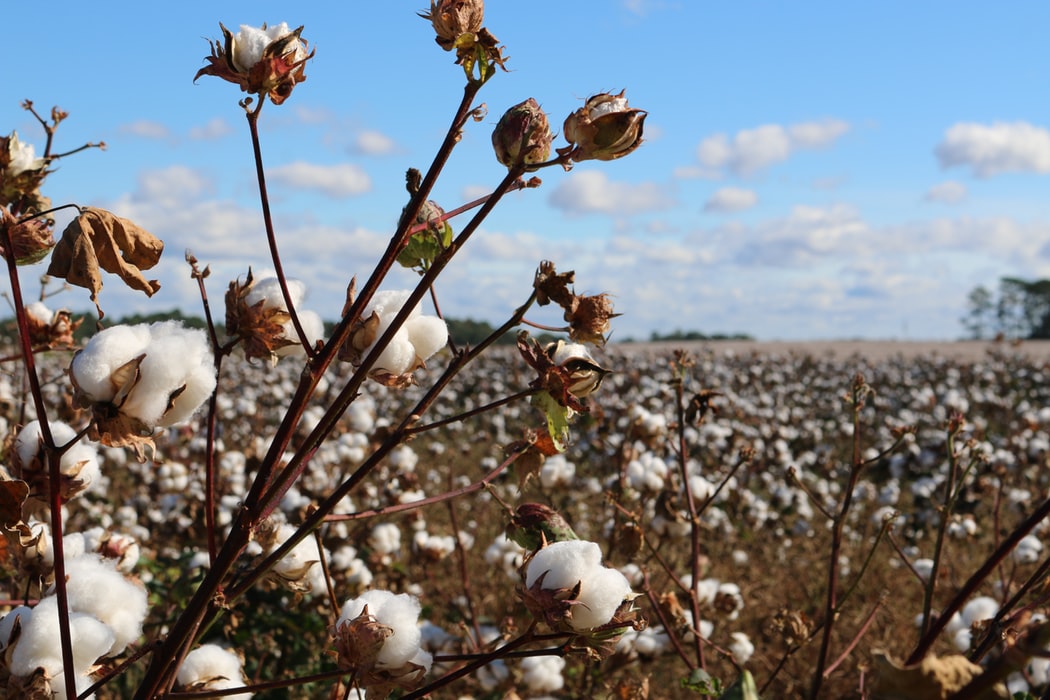The USDA recently released its interim final rule regulating the production of hemp. Hemp, a resurging commodity, has recently found its way back into the hearts of Americans and has a wide variety of uses. Hemp is a cannabis plant that can be found in fabric, paper, construction materials, food products, cosmetics, the production of cannabinoids such as cannabidiol (CBD), and various other products. Major companies such as Ford Motors, Patagonia, and The Body Shop are all using sustainable hemp seed, fiber and oil in their products and the need for the plant is steadfastly increasing. More specifically, interest in hemp has spiked immensely in the last five years as American consumers have become infatuated with CBD oil. CBD oil has been integrated into countless goods on claims that it can provide robust health benefits such as treating anxiety, insomnia, and chronic pain.
Hemp is also coveted due to its low environmental impact. Hemp grows in a variety of climates and soil types, is naturally resistant to most pests, and grows in very tight spaces allowing it to outcompete most weeds. It serves as a substitute for crops that require higher levels of pesticides and more physical land. Shifts to hemp can slow deforestation and soil runoff. Based on this new interest and the seemingly promising profits, USDA has been tasked with enacting rules for hemp regulation by way of the 2018 Farm Bill.
Hemp has been grown and used in the United States for hundreds of years, but in the twentieth century production declined, in part as a result of cheaper alternatives that could be imported from Asia and due to negative stigma from the association with marijuana. The 1970 Controlled Substances Act banned hemp production almost completely.
The 2014 farm bill provided for experimental hemp production, and the 2018 farm bill legalized commercial production and required USDA to promulgate regulations and guidelines to establish and administer a program for the production of hemp in the United States. Under USDA’s interim rule, a State or Indian Tribe that wants to have primary regulatory authority over the production of hemp in that State or Tribal territory may now submit, for the approval of the Secretary, a plan concerning the monitoring and regulation of hemp production. For states and tribes without approved plans, the Secretary is to establish a Departmental plan to monitor and regulate hemp production in those areas.
The interim rule also lays out national hemp production requirements. These include licensing requirements, recordkeeping requirements, procedures for testing THC concentration levels, procedures for disposing of non-compliant plants, compliance provisions, and procedures for handling violations. The regulations establish that hemp plants with a THC level exceeding 0.3% should be considered marijuana, which remains classified as a Schedule I controlled substance regulated by the Drug Enforcement Administration under the Controlled Substances Act. The interim rule also requires farmers to send a sample of the hemp flower to a DEA certified lab within fifteen days of their planned harvest to ensure that the THC level is in compliance.
Many hemp farmers object to this threshold, which is significantly lower than the THC level necessary to achieve a high. To ensure compliance with the threshold, they say many will be forced to harvest prematurely, thereby decreasing the plant’s medicinal benefits. Hemp farmers claim that THC levels can also be reduced post-harvest, but this method is prohibited under the interim rule.
Nevertheless, farmers have praised other aspects of the interim rule. Farmers state that they will now be able to to ship or drive the crop anywhere in the country, which was previously prohibited. Hemp producers would also be eligible for a number of agricultural programs such as the Whole-Farm Revenue Protection, providing farmers with insurance coverage.
The comment period for the interim rule closes January 29, 2020. Comments can be submitted here. The comment period was extended from the original December deadline.


